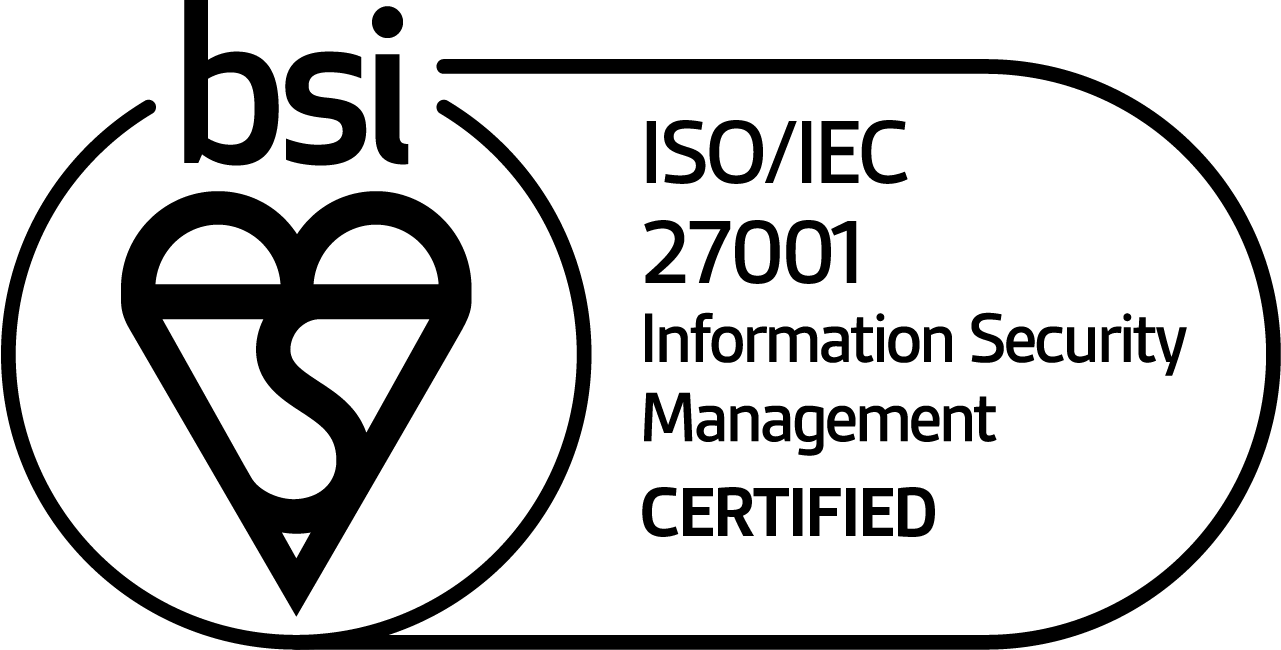Today the terms about data, data management and artificial intelligence are flying around your ears. As if everyone has been educated in these and knows exactly what all these terms mean. As a manager, how should you make decisions on how to handle data in your organization if you are not fluent in data jargon? Therefore, in this article we explain in clear language what data is and what you can do with it.
What is data?
The data within your company consists of all data about all events and processes within the organization. Take your own financial records, for example. In it you keep the most important information about the progress of your company on a daily basis. This may be in the form of structured data (such as your employee’s Excel sheet that neatly describes a different item per column) or in the form of unstructured data (such as that e-mail from your customer about a product that does not meet the requirements set). As more and more processes go digital, we collect more and more data. If you know how to properly organize, process and maintain that data, you can gain insights from it that you can use to improve operations.
Currently, we at CreditDevice are developing several data-driven tools that support financial administration. These allow you to handle tasks quickly, easily and in an organized manner. One example is the Mail Integration Module. Because we cleverly structure unstructured data (e-mails) at the back end, our customers are given direct insight into what is happening when via a clear interface. You can see at a glance what requests and/or actions are expected from customers or from your organization. For example, you can see when payments are made.
How do we do that?
First, we analyzed what kind of emails come into the financial administration and what actions these emails involve. Furthermore, we researched what data combined with this information could help our relations further in their business operations. As a result, we created a random forest algorithm that can make suggestions with great accuracy for actions that are currently done manually. The employee can accept these sug- suggestions with one click. We have also already linked the suggestions to invoice numbers. So when you get a mail with a complaint, you already know right away which major invoice it is about, because this information is already linked directly in the background. You immediately know that this mail requires more attention than a simple request for an invoice copy. As a manager, you can use this information to steer for correct handling.
Convenient for you?
Wondering if this is useful for your business? Don’t hesitate to get in touch.

